7 plants you can start growing indoors for January
The perfect way to start your year

The winter is the quietest time for any gardener, but it doesn’t need to be a period of total dormancy. There are many plants that benefit from getting a headstart on the growing season, whether they are species that take a long time to mature or species that produce a bumper crop if allowed to grow for longer.
Outdoor conditions may not be the most hospitable to young seedlings, but you can work around this. By planting seeds indoors, in an environment that is protected from winter weather, you allow them to germinate and establish themselves earlier in the year – so you can enjoy them longer.
Of course, not every plant is suited to January planting. Eventually, plants grow large enough to require transplanting outdoors, so you want to begin with seeds that are hardy enough to tolerate late winter and early spring temperatures. Some species have fixed growing seasons, so planting them earlier will simply mean they die earlier too. Fortunately, there are several options that will benefit from January planting. Here are seven to consider:
1. Leeks
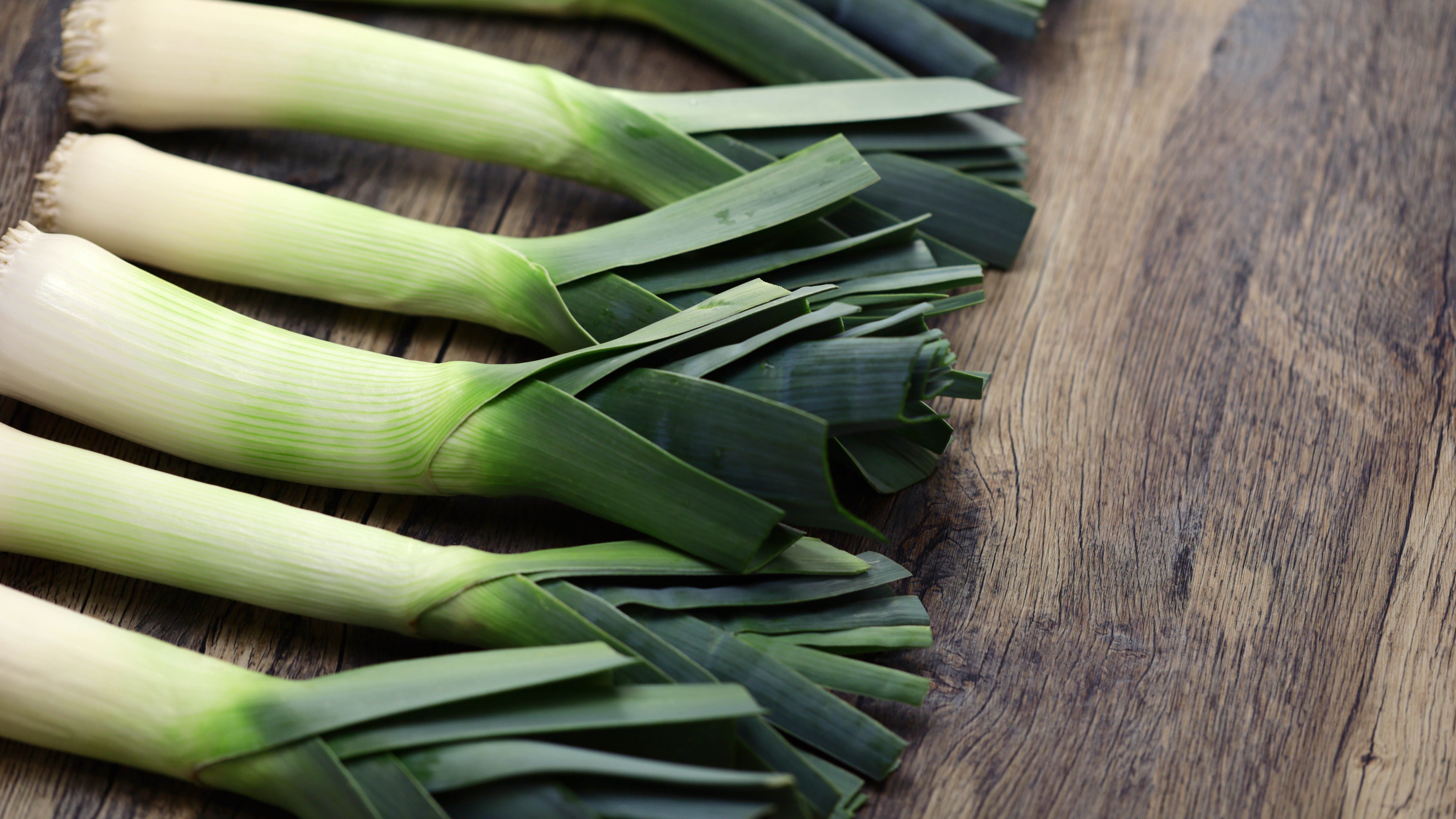
Alliums are generally good candidates for winter planting, since they have cold-hardy bulbs that can handle lower temperatures. Some even report that the flavor of the plants is enhanced by late frosts – and leeks are no exception. These plants take a very long time to grow, with some varieties needing as much as 150 days to reach maturation, so planting in January ensures you get enough lead time. If you live in a colder region with a shorter growing season, sowing the seeds in winter may be the only way you can successfully plant and enjoy your leeks.
How to plant: Since you will need to trim back the leeks in the spring, it’s important to plant the seeds in an open tray that gives you easy access to every plant. Choose a well-draining soil, ideally formulated for seeds, and scatter the seeds evenly across the surface with a little bit of space in between. Ensure they get a lot of direct light; if the winter weather isn’t helping you out, then consider a grow light for extra coverage. Once your soil softens up in the spring, the leeks’ greenery should be several inches tall and you’ll be able to move them outdoors.
2. Chives
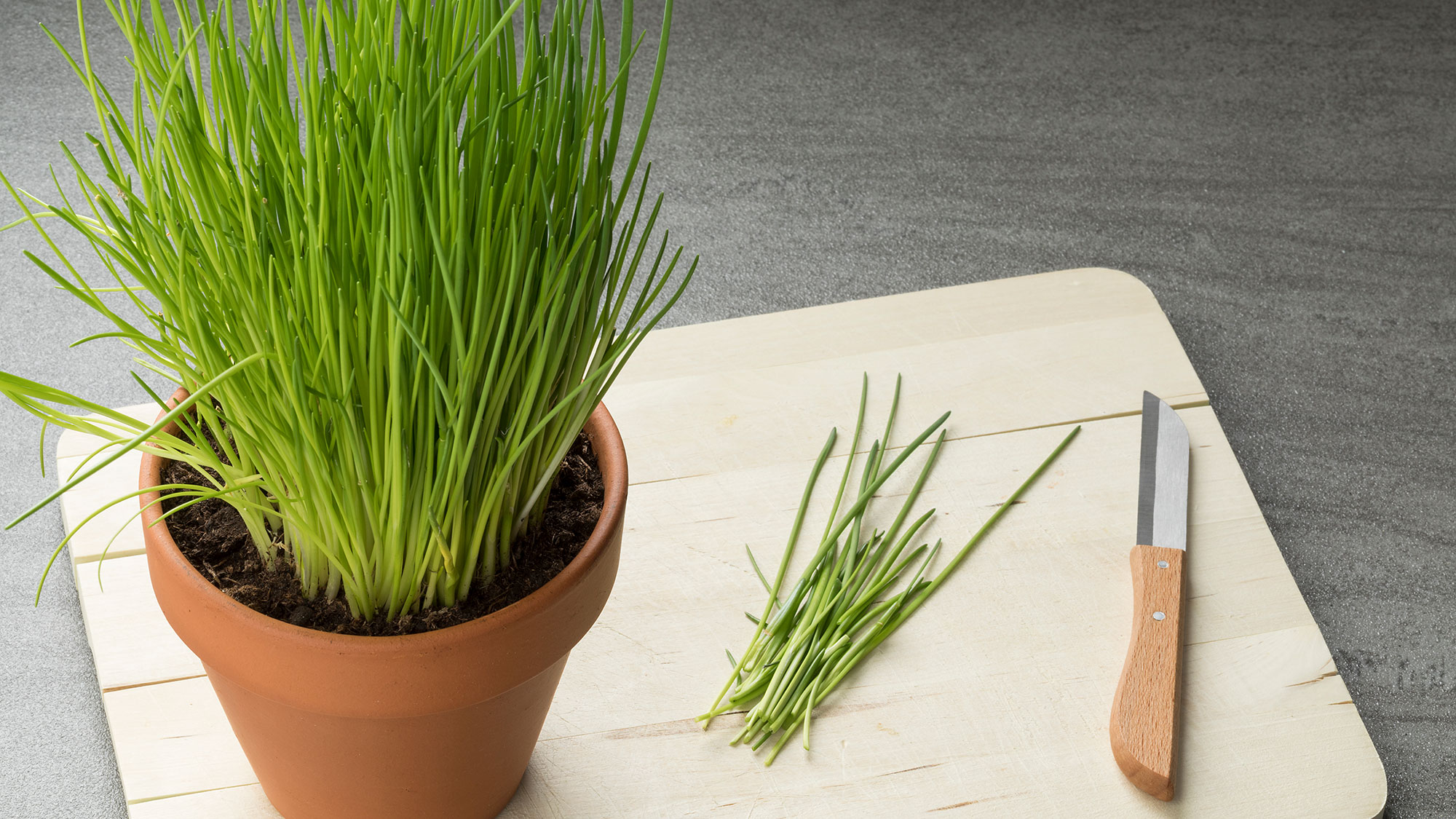
Herbs are another popular choice for January planting, with chives being especially suited for indoor seed growing. Herbs can take a long time to get established, so they benefit from giving a bit of extra time to root down. By beginning the growing season in January, you make sure that the herbs have enough time through the spring and summer to give you a good harvest. Chives should take 4-6 weeks to mature enough to handle outdoor environments, so sow your seeds at any point throughout January to be ready for transplanting in March.
How to plant: Like other plants, chives and other herbs prefer to be planted in containers with drainage holes so that they don’t sit in water. Choose a well-draining soil mix and use any container that’s at least 6 inches deep so the seeds can spread their roots. To ensure you don’t overwater, make sure to test the soil with your fingertips to check it’s dry before adding more water. While chives can grow in partial sunlight, direct sun is better and you may need to supplement with a grow light during January if your area is more overcast.
Sign up to get the BEST of Tom's Guide direct to your inbox.
Get instant access to breaking news, the hottest reviews, great deals and helpful tips.
3. Bell Peppers

While you may associate bell peppers with spring and summer, their long growing season makes them good candidates for winter seeding. It can take 8-10 weeks for bell pepper seeds to mature enough to handle outdoor planting, so aim to have your seeds planted 10 weeks before the last frost date for your region. Planting this early means you can have them in the ground at the earliest opportunity, which increases your chance of a ripe harvest; it can take a long time for the peppers to develop their rich colors.
How to plant: Bell pepper seeds are even more vulnerable to cold weather than their mature plant form, so make sure to keep your seeds at temperatures between 70 and 90 degrees Fahrenheit. If your home isn’t warm enough, you may need to use a seedling heat mat to prompt germination. Plant seeds a quarter of an inch under the soil, but remember it will still take anywhere from 2 to 4 weeks for sprouts to emerge. Don’t move outdoors until temperatures are consistently about 55 degrees Fahrenheit.
4. Kale
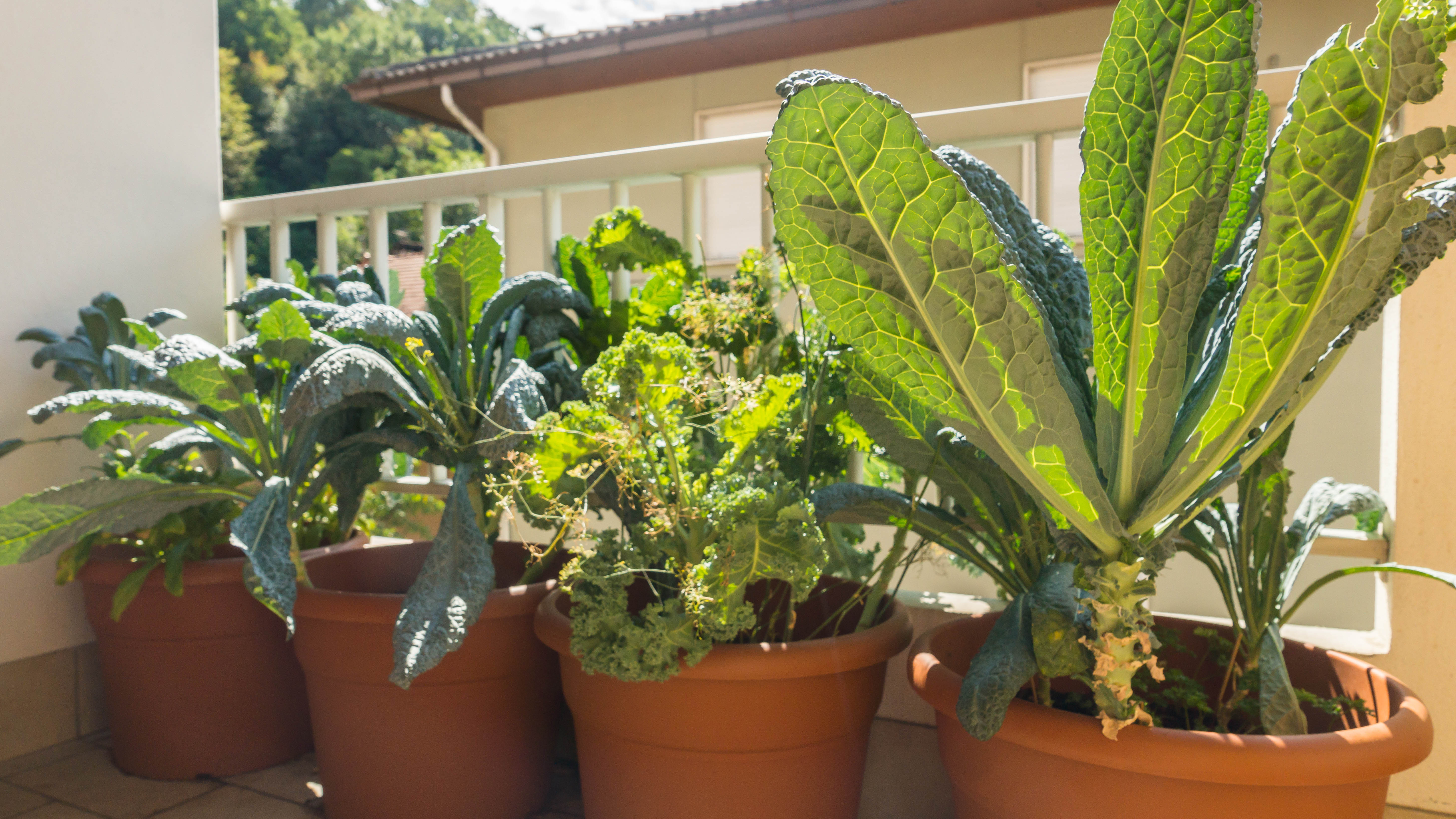
Planting kale in late winter is the best way to enjoy a prolonged harvest season. Aim to have the seeds sown 4-6 weeks ahead of the last frost; if you live in a moderate to warm climate, then this may happen as early as January. While kale enjoys a warm germinating environment, the established plants can handle cooler outdoor temperatures so you can actually transplant them earlier than you may think. Just make sure to protect the kale from any pests that prey on younger plants during the spring.
How to plant: You can plant kale seeds either in open flats or cell plugs. As always, ensure the soil is well-draining and that seeds are planted a quarter inch under the surface. Since kale grows into a larger plant, you’ll want to leave a few inches of space between seeds until they sprout; eventually you’ll need to thin out these sprouts so that there is 1-1.5 feet of space between them. Don’t overwater and make sure there is sufficient sun for growth.
These G&F rubber and latex work gloves offer excellent value per single pair. The heavy-duty gloves has a non-slip texture and comes in four sizes. An excellent all round performer and ideal for handing out to use for community projects
5. Swiss Chard

Swiss chard is an incredibly hardy plant that is rarely killed by anything except for a heavy frost. This makes it a great choice for early planting, especially as it can take up to three weeks for the seeds to sprout at all. You can also plant your swiss chard in batches over several weeks, so that you have a consistent and regular harvest throughout the summer. While many seed packets may suggest sowing outdoors in place, you should be able to transplant the crop from indoors to outdoors if you take the right care and this will give you several extra weeks of maturation time.
How to plant: Sow swiss chard seeds in a seed tray, with 1-2 seeds per cell. Don’t overwater, but keep soil consistently moist to help prompt germination. They will need sufficient sunlight, to either place trays in a brightly lit spot or use a grow light. When ready to transplant outside, help them adjust to the outdoor environment by letting them spend an increasing amount of time in a shady place in the garden. Eventually, they can be permanently moved.
6. Onions
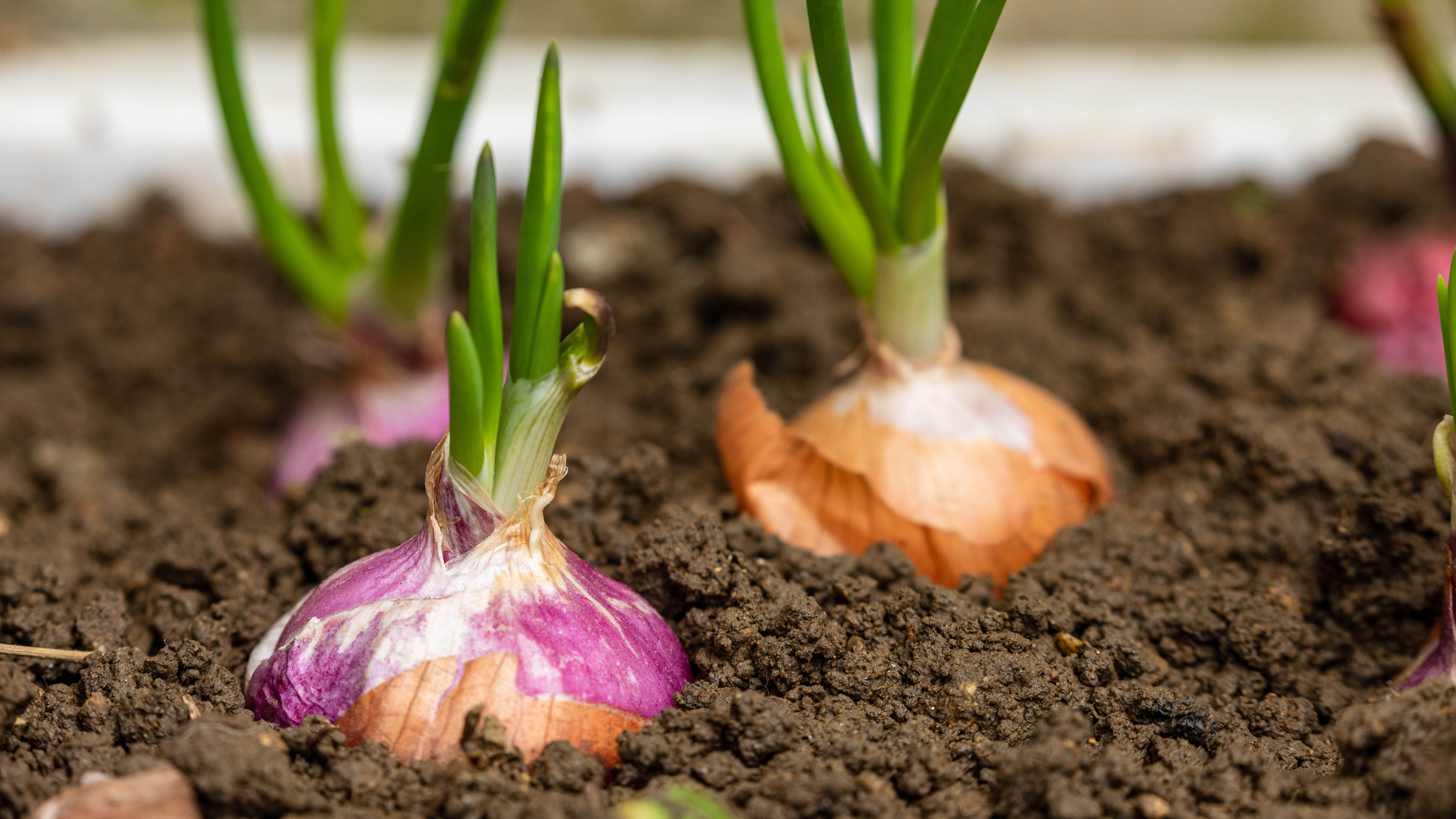
Another allium, onions are prime candidates for January seeding. They can take 100 days to mature, so you can get started as early as 8-10 weeks before the last frost. Onion bulbs grow best in different conditions, depending on whether they are a “short-day”, “intermediate-day” or “long-day” variety. Short-day onions will begin forming bulbs once the region starts experiencing 10 hours of light per day, while long-day onions require 14-16 hours. As a general rule, northern US climates are suited for long-day onions and southern areas for short-day onions, but check for your specific locale. You can then enjoy these onions in cooking and even use some of the green clippings like you would chives.
How to plant: For larger onion bulbs, plant your onion seeds only 1 to a cell in your seed tray; smaller onion bulbs can share the cell with 2-3 others. Use seed starting mix and keep it quite moist to ensure healthy germination. Conditions should be warm and bright and you will likely need a grow light as onion seeds will grow best with 14 hours of daylight per day. Prune the onion sprouts once they reach 5 inches in height, to encourage more growth and bulb development
7. Cauliflower
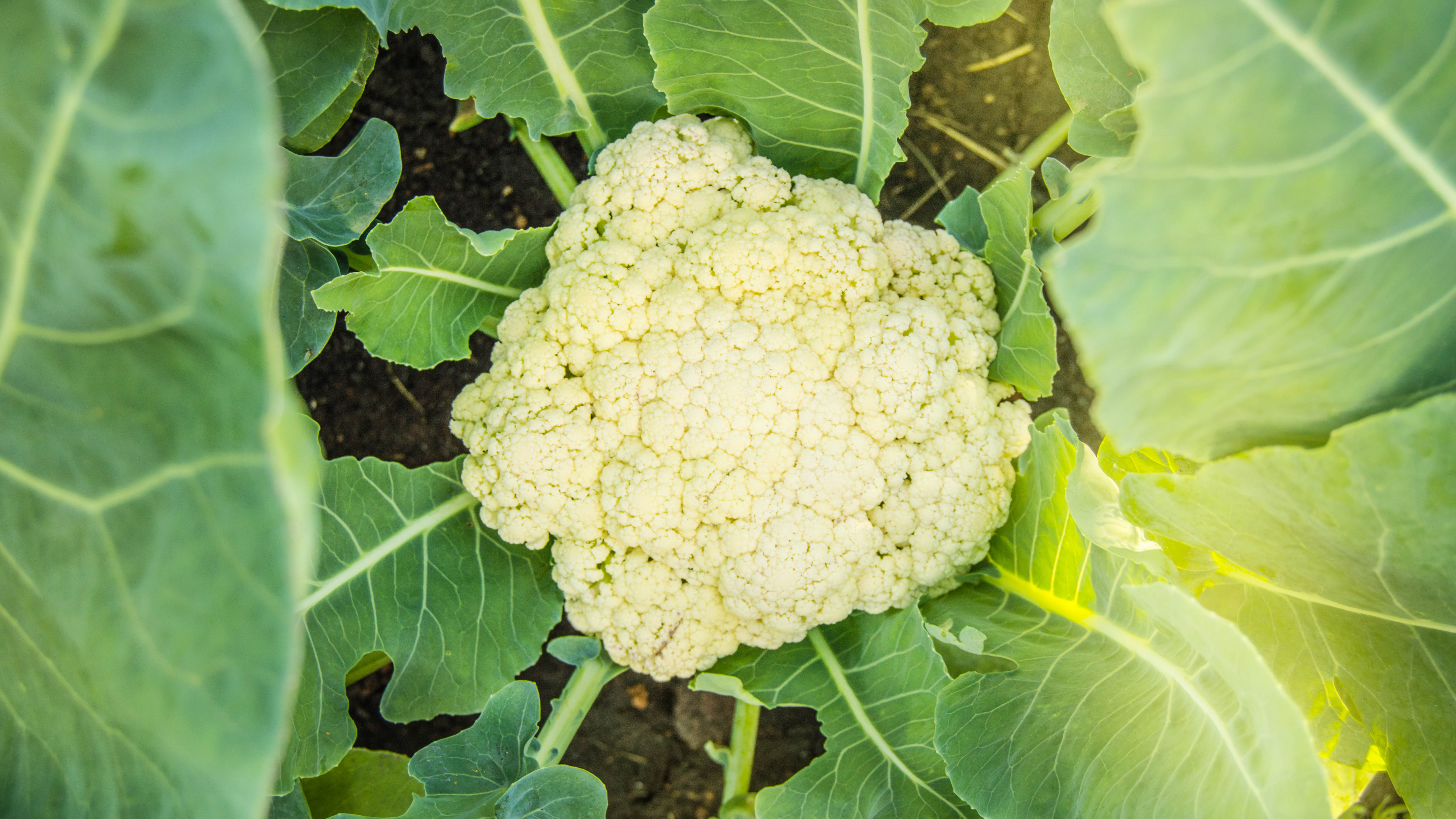
If you’re feeling adventurous and confident, then cauliflower is a great plant to flex your green thumb. You can enjoy this crop as early in the year as spring, if you get started early enough and live in warm enough conditions; for January seeding, you’ll need the last frost to come in late February or very early March. It’s important not to let cauliflower plants grow too large in their containers and you’ll need to transplant outdoors after 5 or so weeks, so this is better for gardeners in southern growing zones.
How to plant: Use seed trays and plant the seeds half an inch under the surface of the soil. It’s important to maintain an ambient temperature of 70 degrees Fahrenheit until germination and 60 degrees Fahrenheit during the general growing period. Keep soil moist and use a grow light to give the seeds enough light per day. Before the plants are planted outdoors, expose them to cooler outdoor temperatures for a few hours at a time so that they can acclimatise.
More from Tom's Guide
Madeleine Streets is a writer and content manager based in New York City. She covers an eclectic mix of lifestyle, technology, finance and health and has been published in Tom's Guide, Women's Wear Daily, SELF, Observer, Footwear News and others. Originally from London, Madeleine has a penchant for tea, baking and moody weather. When she’s not writing, you can find her exploring the city’s bookstores, hunting down new restaurants, fostering cats and cheering on Arsenal FC.


